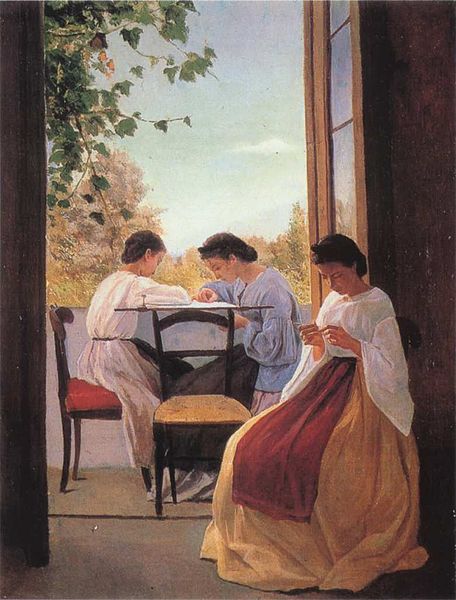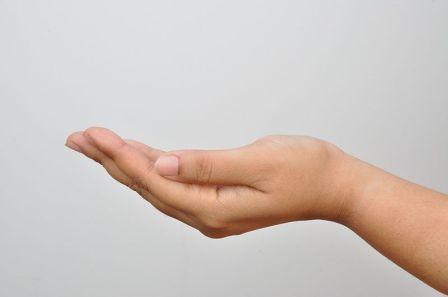Quilters Take A Break

As we get older our joints and muscles over time reduce in effectiveness and dexterity and at times quilters find it difficult to enjoy their passion of creating with fabric and thread. I’ve been quilting since 1976 and it’s only been in the last few months that I’ve noticed deterioration in my abilities with my fingers, thumbs and hands in general.
I’ve set on a journey to try to make sense of what’s happening to me (and probably many, many others around the world) and to find some tips and advice on how to deal with this diminished capacity yet still be able to continue doing what I like to do. You see, quilting or completely stopping crafting is simply out of the question for me!
There seems to be two major reasons why my hands are performing below my expectations. Arthritis and Overuse or repetitive injury.
Arthritis is generally considered the companion of the aging. Basically arthritis means inflammation of the joints and comes in as many as 100 varieties; the major ones being osteoarthritis and rheumatoid arthritis.
Overuse or repetitive injuries speak for themselves. Simply one continues to make the same movements over an extended period of time causing wear and tear on the ligaments and tendons, and over the course of weeks, months and years can result in discomfort that is very debilitating to the creative quilter.
Lots of great advice can be acquired by a simple Google search for “arthritis and quilting” and many terrific ideas for relief from aches and pains associated with quilting. I recommend you do a search on the web for yourself and glean what information matters to you.
But when all is said and done, the most important and consistent message I have come across over and over is simply “take regular breaks”.
Breaks or regular rests between activities are the best way to alleviate and eliminate exacerbating injuries developed over repetitive motions.
You can still do what you wish to do, but you need to have a plan of action in place and stick to it. A Plan could be something like the following for example. Say I have a quilt I want to cut out, a quilt ready to go under the sewing machine and vacuuming the house floors, and some research to do on the computer.
I would plan 20 minutes cutting using the rotary cutter, then vacuum half the house, then spend 20 minutes on the computer. I would then finish the vacuuming, spend 20 minutes on the sewing machine, and then another 20 minutes on cutting fabric and so on. The idea is to vary the physical effort, and keep a plan of stopping and starting throughout the day. You might feel that this will make for a disjointed sort of day, but you’ll get as much done, possibly even more, with a focus work plan in front of you.
Most importantly, by pacing yourself and listening to your body, you’ll be able to continue to create using your hands for a long time to come.

Related Articles
Editor's Picks Articles
Top Ten Articles
Previous Features
Site Map
Content copyright © 2023 by Judie Bellingham. All rights reserved.
This content was written by Judie Bellingham. If you wish to use this content in any manner, you need written permission. Contact Judie Bellingham for details.







